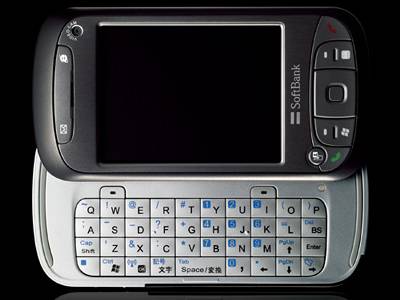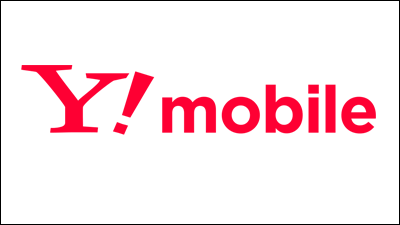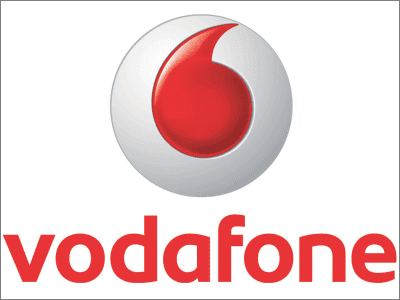What kind of model was J-PHONE's 'DP-211SW,' the first mobile phone to feature emojis?
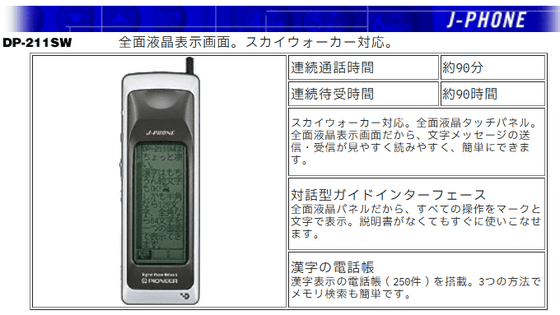
NTT Docomo has
Correcting the Record on the First Emoji Set
https://blog.emojipedia.org/correcting-the-record-on-the-first-emoji-set/
The 'emoji' culture is believed to have originated in Japan, and it has been confirmed that emojis were included in electronic dictionaries released in the late 1980s.
The earliest emoji set was discovered in a 1988 Sharp electronic organizer - GIGAZINE

Emojis became widespread on mobile phones thanks to NTT DoCoMo's i-mode service, which began in 1999. However, as Shigetaka Kurita, who was in charge of the development planning of i-mode, once mentioned, it is believed that the first time they were featured on a mobile phone was on the Pioneer DP-211SW, a terminal for J-PHONE.
The first emojis on Japanese mobile devices were pagers, but I think the first emojis on mobile phones were not the ones I developed for DoCoMo, but the Pioneer DP-211SW for J-PHONE.
#HeiseiInternetHistory #emoji — Shigetaka Kurita (Re:return) ������ Niconico representative (@sigekun) January 3, 2019
Pioneer is one of Japan's leading manufacturers of car navigation systems. Originally founded as an audio equipment manufacturer, it has been making telephones since the 1970s and even produced mobile phones in the 1990s.
1990-1999 | Business chronology by decade | Pioneer's history | Pioneer
https://jpn.pioneer/ja/corp/info/history/chronology/archive/1990/
Pioneer's first mobile phone was the DP-211, released by J-PHONE in November 1996. It was the first mobile phone in Japan to feature a full-screen touch panel LCD.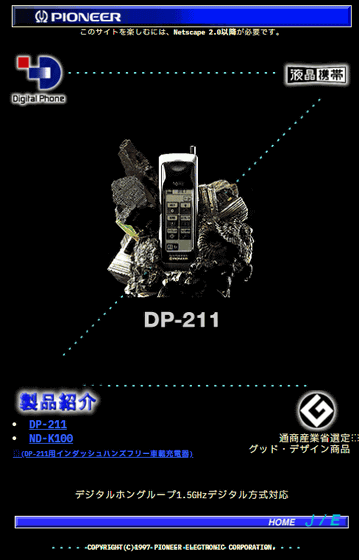
The 'DP-211' won the Good Design Award in 1996.
Mobile phone
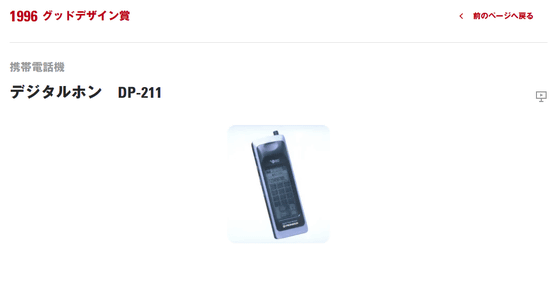
The DP-211SW was a minor change version of the DP-211. The 'SW' refers to the email service 'Sky Walker' provided by J-PHONE, which was later renamed 'Sky Mail' and continued until 2008. It is an SMS similar to NTT DoCoMo's 'Short Mail' and au's 'C-mail', and can send and receive messages of up to 128 half-width characters or 64 full-width characters. The DP-211SW was released to coincide with the launch of the Sky Walker service on November 1, 1997. According to InternetWatch, the price was 52,000 yen for the device itself and 64,000 yen for the standard set including the battery pack and charger. The basic usage fee for 'Sky Walker' was free, with 5 yen per message. In addition, a separate monthly fee of 1,000 yen was required for email use over the Internet.
Tokyo Digital Phone announces a service that allows users to send and receive e-mail using a mobile phone alone.
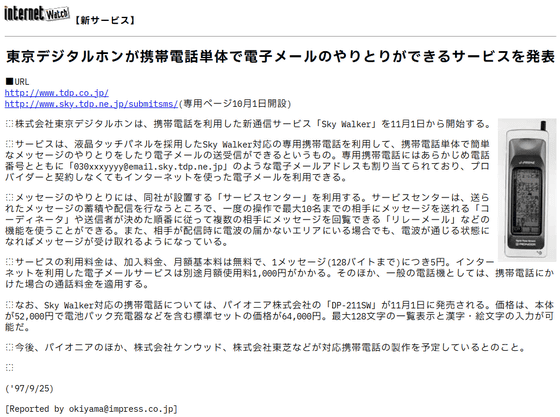
However, since there were no other terminals equipped with emojis, emojis could only be exchanged between DP-211SWs, and the DP-211SW itself did not sell well, so at this point, emoji exchanges on mobile phones did not spread, and they had to wait for NTT DoCoMo's 'i-mode' that appeared in 1999. In addition, Mr. Kurita also mentioned that he did not know anything about the DP-211SW emojis other than the whale used in public relations materials, but Jeremy Burge, founder of the emoji information site Emojipedia, has published a list of emojis that were listed in the manual.
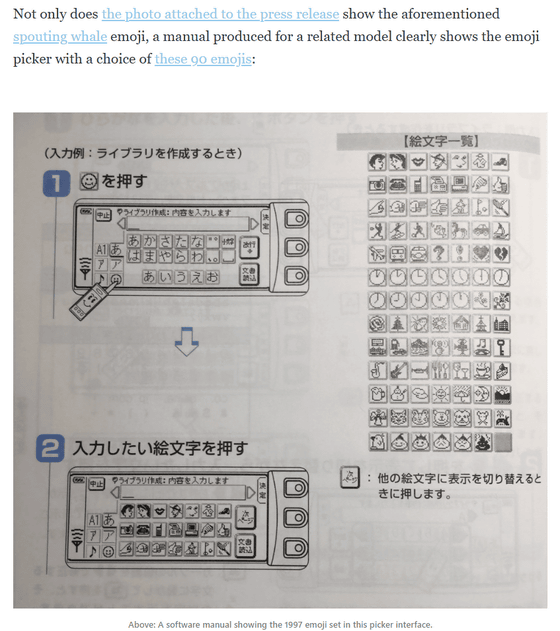
In addition, J-PHONE teamed up with Sharp to release the J-SH04, the first mobile phone equipped with a camera, proving that it was a brand that had a major impact on generations to come.
Mobile camera phone | Product history

The story of how the 'J-SH04' was born was also featured on NHK's 'New Project X: Challengers.'
The underdog team that changed the world - The rebellious turnaround of camera phones - New Project X: The Challengers - NHK
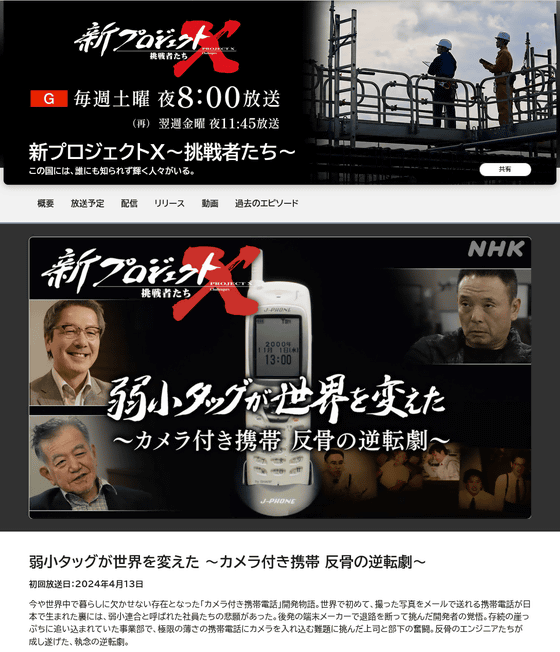
Related Posts:
in Hardware, Posted by logc_nt
